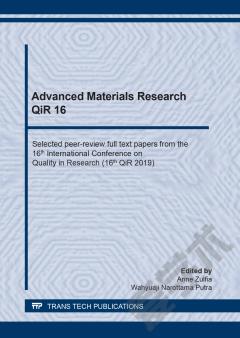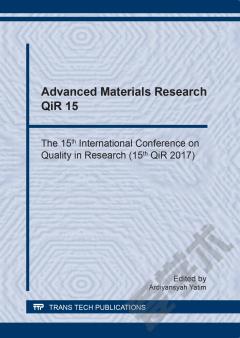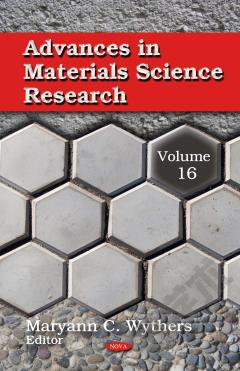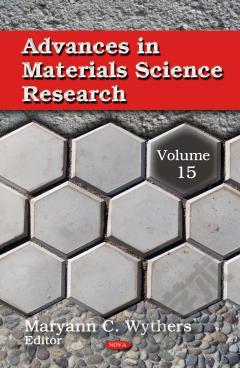Advanced Materials Research QiR 16
Lithium Titanate (LTO) is one of the anode materials that has good performance because of its unique properties, which is zero-strain. In this study, LTO was synthesized using the sol-gel method and mechanochemical hydrothermal with LiOH as the source of lithium-ion. Silicone oxycarbide (SiOC) is a ceramic material synthesized through a simple pyrolysis process of silicone oil precursors. Carbon used in this study is a carbon activated process so that activated carbon is obtained with a large pore size. The addition of activated carbon to the LTO is done during the sol-gel process, while the addition of SiOC to LTO-C is performed during the slurry making process. SEM-EDS shows the extent of the elements in the sample where Ti, F, Si, O, and C are present. Also, SEM-EDS characterization shows an increase in the amount of carbon in each sample. XRD shows the presence of the LTO spinel phase and impurity phases such as TiO2 rutile and anatase, and Li2TiO3. In EIS performance testing, low resistivity expresses high conductivity. In this research, high conductivity is owned by LTO-1% C/SiOC. In addition, CV and CD performance tests were performed where the highest specific capacity was obtained in the LTO-5%/SiOC samples.
{{comment.content}}








 京公网安备 11010802027623号
京公网安备 11010802027623号